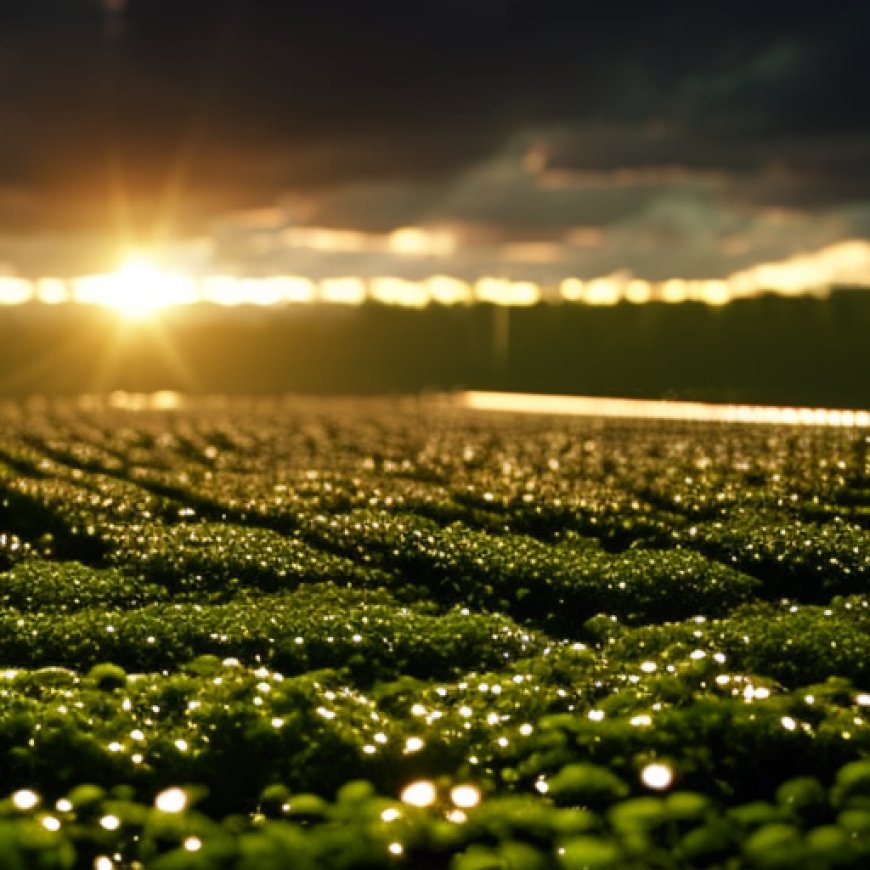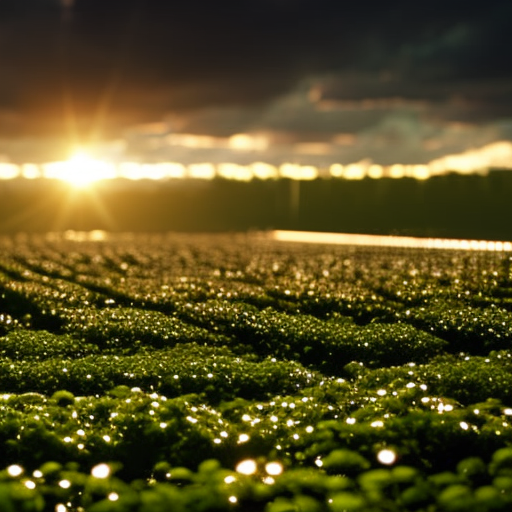Pennsylvania Goonies Solar Farm
Pennsylvania Goonies Solar Farm Center For American Progress


Sustainable Development Goals (SDGs)
- Goal 7: Affordable and Clean Energy
- Goal 8: Decent Work and Economic Growth
- Goal 13: Climate Action
Goonies Solar Project
- Project name: Goonies Solar
- Law: Inflation Reduction Act
- Investment amount: $250,000,000
- City: Jersey Shore, Nippenose Township, Lycoming County
- State: Pennsylvania
- Congressional district: 15
- Construction start date: 2023
Snapshot
This profile is part of a project that finds and tracks the public and private sector investments generated or supported by three of the Biden administration’s economic laws. These laws make investments in the American people, helping to grow the middle class, lowering the cost of living, and setting up America to better compete and cooperate in the world. Pulling directly from several sources, this catalog provides users with publicly available information such as the number of jobs created, workforce training partnerships, and storytellers benefiting from particular projects, among other detailed information. The profile below expands on the economic, practical, and climate impacts of just one of the 35,000 investments that can be found in the Biden Administration Investment Tracker. It may be updated to account for future project developments.
Explore the tracker
Project Summary
Doral Renewables LLC is investing $250,000,000 to develop a new solar engineering design that will provide 33,000 households in Pennsylvania with energy and electric power. Because the area designated for the solar farm exists in a flood zone, some of the land is currently used as a buffer zone. The new design will help increase the amount of productive land. The Goonies Solar Farm will be one of the largest solar farms in Pennsylvania.
Historical Context
- “The 1,100-acre solar farm is full of pesky rocks some of the farmers call ‘Goonies,’ and has been used for agriculture despite being in a flood zone. The farm is also located nearby a historic tribal settlement.” – Doral Renewables LLC, last accessed July 2023
Outcomes, Improvements, and Practical Impact
- “Around 200 megawatts of power is expected to be generated by the field. The plan is to sell this electricity to the power grid.” – Williamsport Sun-Gazette, September 29, 2022
- “This project, being one of the largest solar farms in Pennsylvania, will make a significant contribution to Pennsylvania’s renewable energy portfolio, enabling local utilities, commerce and industry to procure power generated in Lycoming County that would otherwise be generated in neighboring counties.” – Doral Renewables LLC, last accessed July 2023
Climate Impact
- “Solar energy is the only form of renewable energy that is mandated by state law to be produced in-state to qualify for certain policy advantages. It keeps the jobs and investment in-state. Pennsylvania passed Alternative Energy Portfolio Standards in 2004, requiring electricity providers to supply 18 percent of their energy sales from alternative energy sources by 2021. According to the state’s Public Utility Commission, the percentage of renewable energy in Pennsylvania’s generation portfolio currently stands at 15.2 percent. More solar facilities are needed to meet the portfolio standards both now and in the future.” – Doral Renewables LLC, September 29, 2022
- “’Because a good portion of the project is located in the floodway and floodplain of the Susquehanna River, a permit application has been submitted in order to locate the solar farm at that site. ‘Basically, when you put something in a floodway or floodplain, it’s called an obstacle and you have to make up for that,’ said Todd Stager, associate vice president with Pennoni Associates, a construction engineering firm working on the project. In order to not raise the water surface elevation, dirt will be removed from the property to compensate for the space which the posts or columns supporting the solar panels occupy in order to not increase the floodwater on the river.” – Williamsport Sun-Gazette, September 29, 2022
Economic Impact
- “[Renewable energy] serves as a good incentive for large modern companies, such as data centers and advanced manufacturers, to bring jobs to Lycoming County.” – Doral Renewables LLC, last accessed July 2023
Selected Clips
SDGs, Targets, and Indicators
1. Which SDGs are addressed or connected to the issues highlighted in the article?
- SDG 7: Affordable and Clean Energy
- SDG 9: Industry, Innovation, and Infrastructure
- SDG 13: Climate Action
The article discusses the development of a solar farm in Pennsylvania, which is connected to the goals of affordable and clean energy (SDG 7), promoting industry, innovation, and infrastructure (SDG 9), and taking action to combat climate change (SDG 13).
2. What specific targets under those SDGs can be identified based on the article’s content?
- Target 7.2: Increase the share of renewable energy in the global energy mix
- Target 9.1: Develop quality, reliable, sustainable, and resilient infrastructure
- Target 13.2: Integrate climate change measures into national policies, strategies, and planning
The development of the solar farm aligns with the targets of increasing the share of renewable energy in the global energy mix (Target 7.2), developing sustainable infrastructure (Target 9.1), and integrating climate change measures into national policies (Target 13.2).
3. Are there any indicators mentioned or implied in the article that can be used to measure progress towards the identified targets?
- Indicator for Target 7.2: Proportion of renewable energy in the total final energy consumption
- Indicator for Target 9.1: Proportion of the rural population who live within a 2 km distance of an all-season road
- Indicator for Target 13.2: Number of countries that have integrated climate change measures into national policies, strategies, and planning
The article does not explicitly mention these indicators, but they can be used to measure progress towards the identified targets. The proportion of renewable energy in the total final energy consumption can measure progress towards Target 7.2, the proportion of the rural population living within a 2 km distance of an all-season road can measure progress towards Target 9.1, and the number of countries integrating climate change measures into national policies can measure progress towards Target 13.2.
Table: SDGs, Targets, and Indicators
| SDGs | Targets | Indicators |
|---|---|---|
| SDG 7: Affordable and Clean Energy | Target 7.2: Increase the share of renewable energy in the global energy mix | Proportion of renewable energy in the total final energy consumption |
| SDG 9: Industry, Innovation, and Infrastructure | Target 9.1: Develop quality, reliable, sustainable, and resilient infrastructure | Proportion of the rural population who live within a 2 km distance of an all-season road |
| SDG 13: Climate Action | Target 13.2: Integrate climate change measures into national policies, strategies, and planning | Number of countries that have integrated climate change measures into national policies, strategies, and planning |
Behold! This splendid article springs forth from the wellspring of knowledge, shaped by a wondrous proprietary AI technology that delved into a vast ocean of data, illuminating the path towards the Sustainable Development Goals. Remember that all rights are reserved by SDG Investors LLC, empowering us to champion progress together.
Source: americanprogress.org

Join us, as fellow seekers of change, on a transformative journey at https://sdgtalks.ai/welcome, where you can become a member and actively contribute to shaping a brighter future.







